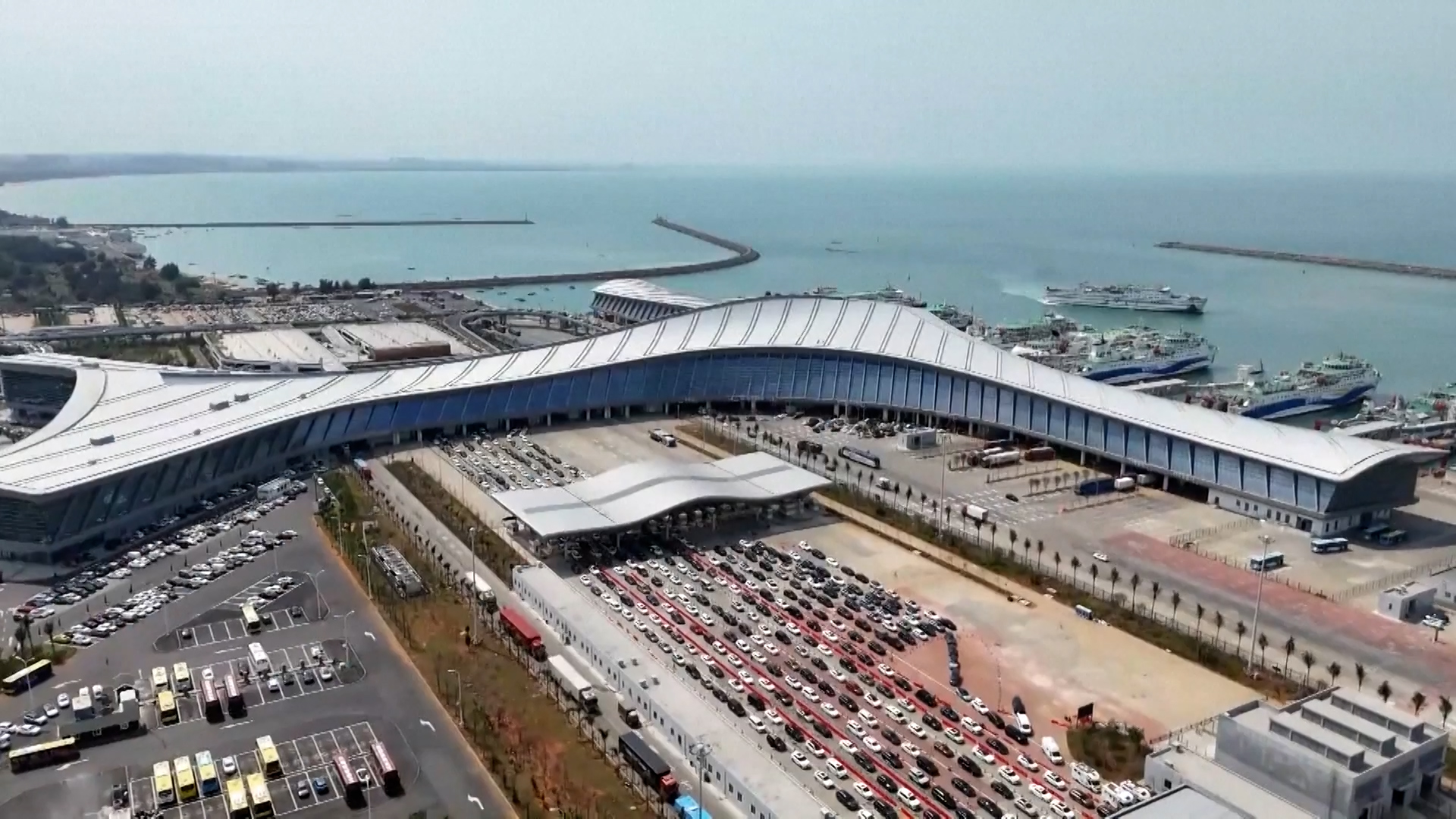Myanmar Earthquake's Devastating Impact and the Global Response

The recent catastrophic earthquake in Myanmar has drawn widespread attention and sparked a flurry of international response. This article examines the diverse news coverage of the incident, grouping them into shared subtopics for detailed analysis.
Humanitarian Efforts and Regional Cooperation
The devastating earthquake that struck Myanmar on March 28, 2025, with a magnitude of 7.7, has prompted a swift mobilization of aid from surrounding regions. According to CGTN, countries like China, Malaysia, Vietnam, and India have dispatched rescue teams and aid materials to assist in the relief efforts. China alone has committed 100 million yuan in emergency humanitarian aid. ASEAN expressed its readiness to support these relief operations, underscoring regional solidarity in tackling the crisis.
Meanwhile, Taiwan also prepares to contribute through NGO collaborations, as United Daily News reports. This concerted regional effort illustrates the political and humanitarian dynamics at play, shaping alliances and soft power in Southeast Asia.
Rescue Operations and Onsite Challenges
Efforts on the ground have faced numerous challenges, especially in the search and rescue operations. Details from Sina highlight the participation of both local and international teams in Mandalay, intensely working amidst harsh conditions to save lives from under the rubble. Advanced technologies such as life detectors and drones have enhanced these operations, yet the work remains perilous with aftershocks continuing to affect the region.
Sina also reports on an incident involving four Chinese nationals who were apprehended for attempting to remove documents from a restricted collapse site. This incident underscores tensions around security and control in disaster zones, reflecting potential challenges in international relations and legal frameworks.
Impact on Surrounding Nations
Beyond Myanmar's immediate challenges, the earthquake's impact ripples across borders. Reports, such as from United Daily News, reveal how the tremors affected nearby Thailand, where a high-rise under construction faced severe structural failure. These events stress-test infrastructure resilience across Southeast Asia, highlighting vulnerabilities in built environments under seismic stress.
Such incidents demand introspection from regional governments about the adequacy of their building standards and disaster preparedness measures. They further strain economic and logistic resources at a time when the global community grapples with climatic and geopolitical shifts impacting economies.
The broader geopolitical context of these responses, especially China's involvement, cannot be overlooked. It provides an opportunity to strengthen its influence in the region, offering an implicit challenge to Western powers' strategic interests. As countries like the U.S. navigate their complex relations with China and within ASEAN, responses to natural disasters can escalate into diplomatic chess games, impacting long-term geopolitical alignments.



